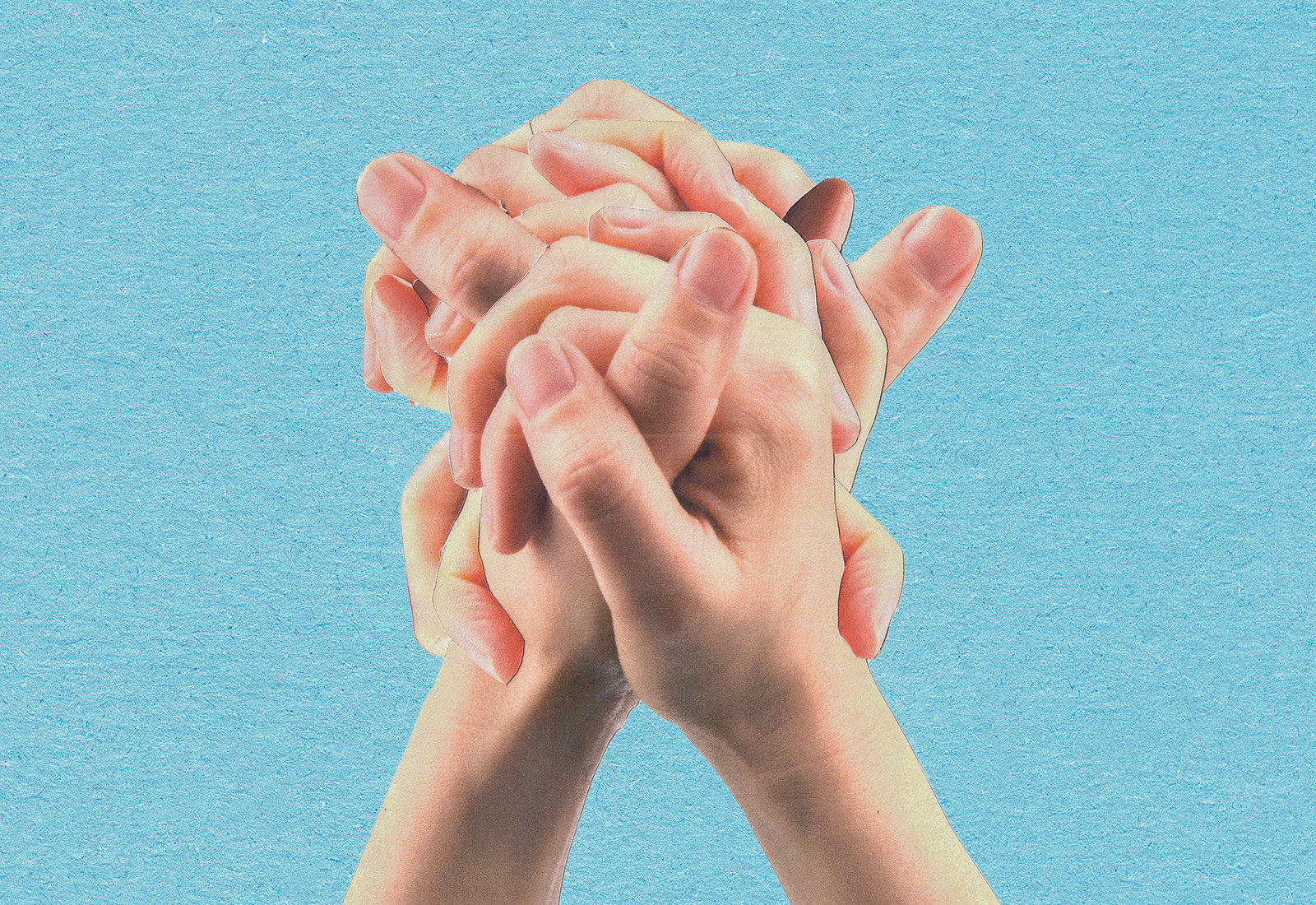Do we seek out our own Creator, or does Creation seek us out?

The separation of Church and State doesn’t seem to apply to the head-on collision of Church and Science that has occurred over the past 200 years.
Why is it that whenever machine-learning engineers talk about AI, they often seem nonchalant about the possibility of their creations bringing about the end of humanity? They’ve definitely seen the future foretold in almost every sci-fi movie involving artificial intelligence. When a religious lens is applied to the situation, it appears that their motivations for creating these machines have a sort of religious zeal to it.
It is something they must do. They are part of a greater crusade to reinstate Adam and Eve to the perfection of Eden. All part of a centuries-old quest to achieve perfection, and thus eternal life, through objectivity. As stated in a Vox article, “A lot of excitement about the building of a superintelligent machine comes down to recycled religious ideas.”
In Christianity, Adam and Eve fell from grace as they gained knowledge of good and evil — the ability to do either, to be imperfect. In his book The Religion of Technology, historian David Noble explains how, in the Middle Ages, Christian thinkers began to wonder: “What if tech could help us restore humanity to the perfection of Adam before the fall?” This is evident in the rise of the motto “ora et labora” — prayer and work — in Monasteries as they became “hotbeds of engineering.”
If the pursuit of Artificial General Intelligence is viewed with the same lens, does the fervor with which machine learning architects pursue stem from the same anxieties around mortality that religion addresses?
Considering that people are imagining ways to immortalize themselves through artificial intelligence, I would argue that this statement is true.
It’s not just AI architects who are interested in pursuing digital immortality; Tom Hanks, a famous actor, recently stated that he would be interested in using AI so that he could continue to perform in movies long after his death.

Tom Hanks acting in the Polar Express film. Recently he has stated that his work here would make it easier to create an AI version of him using the existing models of his face for that movie.
If the pursuit of Artificial Intelligence is founded on the same anxieties as religion, which is often dismissed for not being objective enough, does that undermine the scientific nature of the endeavor?
I argue that isn’t the case.
Religion (often) seeks to provide comfort in an uncertain world to help us grapple with the “meaning” of our existence — valuable to the health and well-being of many.
Science accepts the randomness and explainability of our circumstances and seeks to find solutions to the things that ail us through a concrete understanding of the laws of nature — the pursuit of knowledge.
However, science doesn’t need to be carried out in an objective void — separate from all emotions and passions.
There’s this idea that percolates throughout the scientific community, and it’s that in order to get something right, you have to be objective about it. While this may seem like sound logic, it can actually be more detrimental to the scientific process, especially when people start denying the existence of their own emotions and those of others.
Confirmation bias is a perfect example of this. It occurs when someone develops a hypothesis about something and then looks at data; because they have their own hypothesis, they observe and interpret the data through that lens. If you are in an environment where people are aware of confirmation bias and call you out on it, it becomes less of a problem. However, if you are in a space where people disregard the imperfections and biases of others, you’re going to have a fun time explaining to people why your product turned out to be faulty, even though your hypothesis was correct.
In short, I believe that science is a human endeavor. A human experience. It should be carried out in a way that dismisses our imperfections, our curiosities, and our desires to understand. It shouldn’t ignore our fears, our hopes, our dreams either. Science is, and should be, a holistic endeavor that encompasses all of us.






